Work & Economics
Cardus Work and Economics is committed to the renewal of an economic architecture that supports a wide array of individuals, communities, and the common good.

Renze Nauta
Research & Policy
Cardus sets out to reform the payday loan industry.
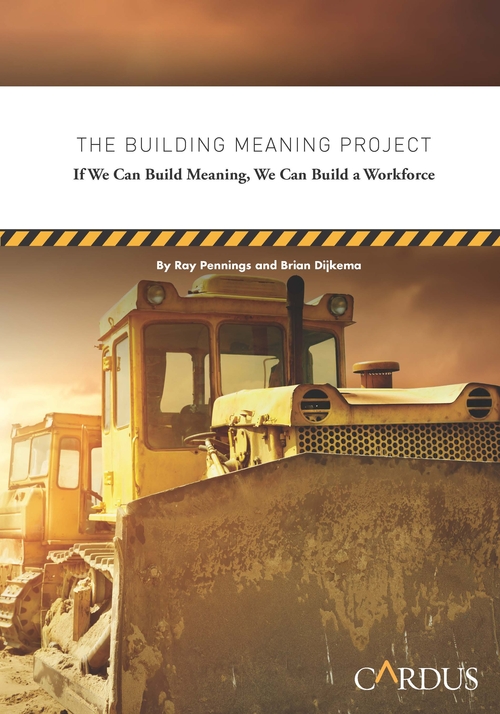
A social bias against employment in the skilled trades exists in this country. This culminating document of the Building Meaning project includes the Building Meaning in the Skilled Trades background paper, and our final series of recommendations for industry and labour stakeholders; educational institutions; governments; and researchers.

This report explores how Ontario could free anywhere from $188 million to $283 million a year simply by making small changes to the way it procures major public construction projects.
Program director Brian Dijkema and lead author Stephen Bauld introduce the paper and its importance: video (1:30).

Cardus is interested in exploring how subsidiarity could rejuvenate and bring cohesion to public and private thought and practice including both civil service and political processes and engagement. Through papers, research, and events with key leaders and thinkers, we hope to strengthen the discussion and practice of subsidiarity. This white paper from Cardus explores what it might mean to re-engage the ideas of subsidiarity as a non-partisan underpinning for wider and more effective civic and public policy engagement.

Canada is in the midst of a new industrial revolution which is changing the face of our economy. Resources— long lamented as the means by which Canadians served other, more developed countries—have instead held Canada steady through a global economic crisis and maintained an industrial core.

This policy paper presents the case for a new framework of understanding labour relations in Canada. Taking insights which move debates about labour beyond the pendulum of pro-union and anti-union policies, it proposes a new policy within a new framework.

On May 21, 2013, Brian Dijkema presented this briefing note to the Standing Committee on Transport, Infrastructure and Communities in Ottawa, ON.

A potential labour monopoly could increase costs by up to 40 percent on over a 100 million dollars worth of work in the Region of Waterloo, says a brief released by Hamilton based think-tank Cardus. The paper estimates
- A successful application in the Region of Waterloo could increase construction costs by up to 78 million dollars for 553,000 taxpayers in the Region of Waterloo
- 28 percent of Ontario taxpayers are affected by municipal labour monopolies in construction
- Labour monopolies affect almost a billion dollars worth of construction work in Ontario municipalities
For further information, or to arrange an interview, please contact Julia Nethersole at jnethersole@cardus.ca or via phone at 905.528.8866 x29
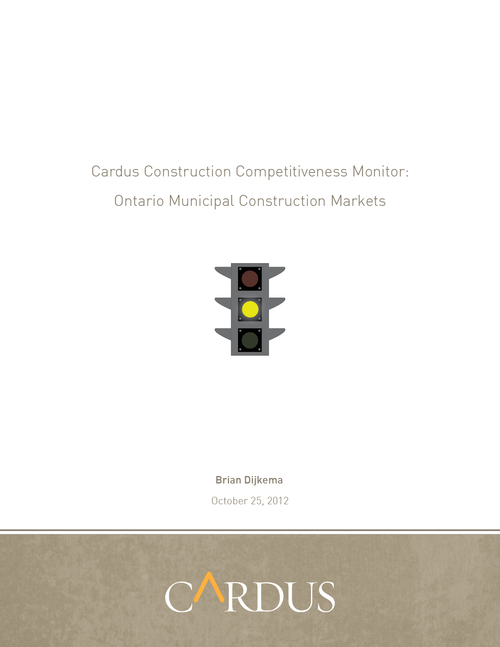
Labour monopolies increase costs by up to 40 percent on nearly a billion dollars worth of Ontario construction projects, says a paper released by Hamilton based think-tank Cardus. The paper estimates,
- 25 percent of Ontario taxpayers are affected by municipal labour monopolies in construction
- Labour monopolies affect over 750 million dollars worth of construction work in Ontario municipalities
- The City of Toronto alone could save almost 60 million dollars using open tendering practices
Despite the depiction of married life in popular media as drudgery, social science has consistently shown that married people fair well across a number of measures of wellbeing.

Ontario's College of Trades will not be effective in solving the very real problems with trades in Ontario, and will almost definitely increase the financial and regulatory burden on an already troubled sector. The COT is a far-reaching piece of legislation offering little confidence the College will objectively and responsibly manage Ontario's trades.

The rapid movement towards compulsory certification by Ontario's College of Trades is occurring in a research vacuum. Thus, significant regulation of a wide swath of the construction industry is being built before the design stage is complete.
It is incumbent on us to carefully identify data incongruencies and gaps and to provide concrete evidence for changes which will have a significant impact on the construction industry in Ontario. This report highlights the areas where further research must be done.

The deliberately provocative title is intended to highlight why the relevant data for properly answering the question is not being collected and available. Debates regarding construction labour have been trapped in an ideological pro- and anti-union paradigm.
This paper argues that the debate needs to be reframed in a "competitive labour pool" paradigm that opens up new questions and frameworks which, when followed with a subsequent data analysis, may provide suggestions for improving Ontario's competitiveness.
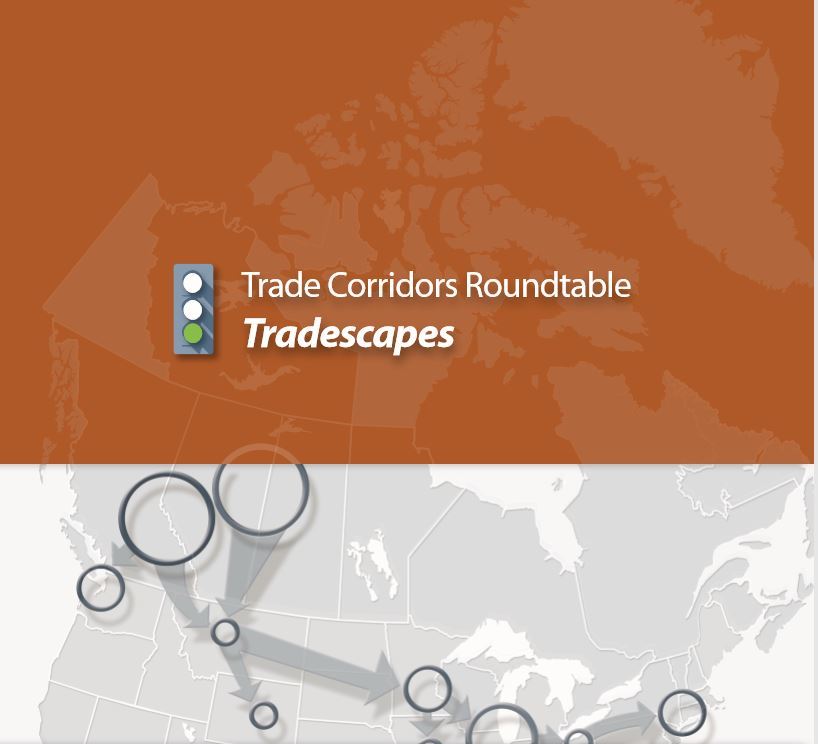
Over the past few years, much has been made among public policy opinion leaders of "the hollowing out" of Canada's industry by way of foreign investment, especially from the United States. But Canadian investment abroad is very strong, including in the United States. This discussion paper will look at foreign investment in Canada and Canadian investment abroad and consider its relationship to international trade.
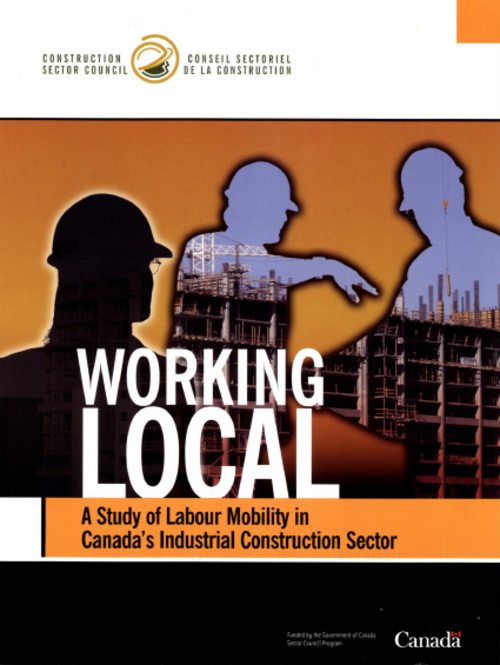
Expanding on the findings made in Working Mobile, Ray Pennings further illuminates the labour situation in Canada's construction Industry by surveying local workers. Contact the Construction Sector Council to order a copy.
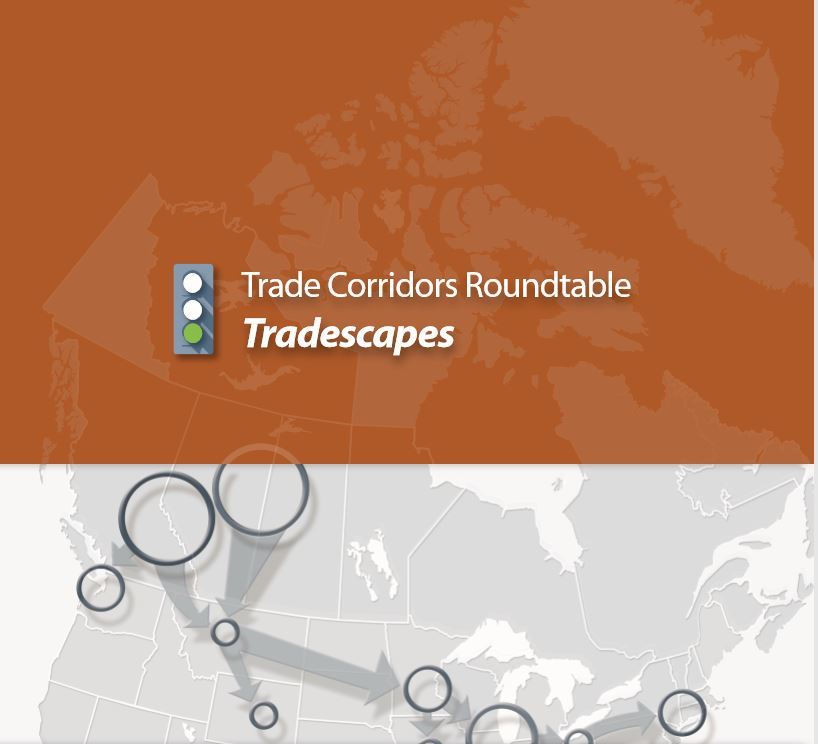
Tradescapes, a Trade Corridors summary document from the September 11, 2007 Roundtable (published January 2008). This document is a summary of the three prominent models for understanding trade: gateways, global value chains and trade corridors. This summary overviews each tradescape, including the strengths and weaknesses of each and how each serves the Canadian economy. The focus of this paper shifts to the ability of Trade Corridors to account for the strengths of the other metaphors, and how Canada's largest export sectors or Trade Corridors are focused on the U.S. market. Challenges arising from the three most valuable Trade Corridors are summarized and, then, how recent public policy has affected them. Finally, "the Canadian advantage" that arises from Canada's Trade Corridors is described—factors that position Canada favourably in respect of international trade with the United States, in particular.

Gateways, Global Value Chains and Trade Corridors by Senior Researcher Russ Kuykendall was published in Policy Options for the 20th Anniversary of the Canada-U.S. Free Trade Agreement (October 2007). This article argues that Canada's international trade policy prioritizes the Gateways model with a view to increasing trade with Asia, especially China. Meanwhile Industry Canada is focussed on global value chains. While there are strengths and weaknesses to the global value chains model, Russ Kuykendall asks whether it provides an adequate explanation for trade. Instead, he proposes that the Trade Corridors model best explains Canada-U.S. trade—Canada's most important trading relationship—and that the model suggests where Canada should pursue development of trade.
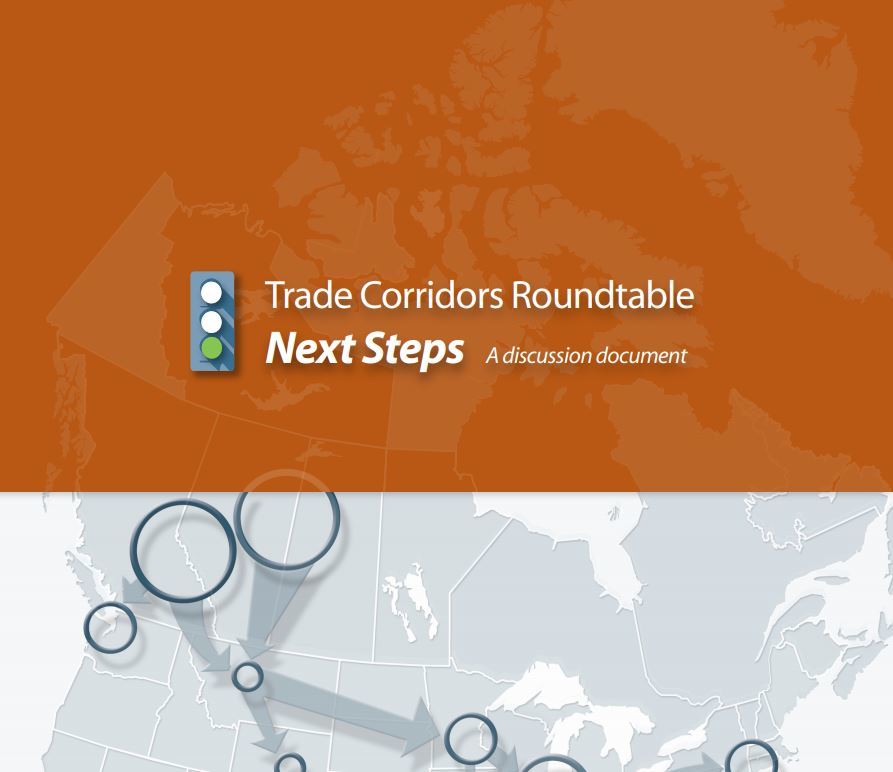
Trade Corridors Roundtable: Next Steps, A Discussion Document, prepared by Senior Researcher Russ Kuykendall for the September 11, 2007 Roundtable. This paper examines the leading models of trade that Canadian businesses employ. Special attention is paid in the paper to the concepts of trade corridors, gateways, global supply chains, clusters, cross-border regions, and the anglosphere.

Six Trade Corridors to the US: The Lifeblood of Canada's Economy by Russ Kuykendall, in Policy Options (July-August, 2006). Kuykendall drills down on the numbers, and finds that Canada-US trade can be broken into six corridors, largely along regional and sectoral lines, such as the Ontario-Michigan automotive corridor, and the Alberta energy corridor.

A comprehensive investigative research report that gives the construction industry a better understanding of the various factors relating to worker mobility in the large industrial and civil engineering sectors of the industry. Using a survey of mobile workers, the study analyzes results, and offers recommendations based on the survey findings.
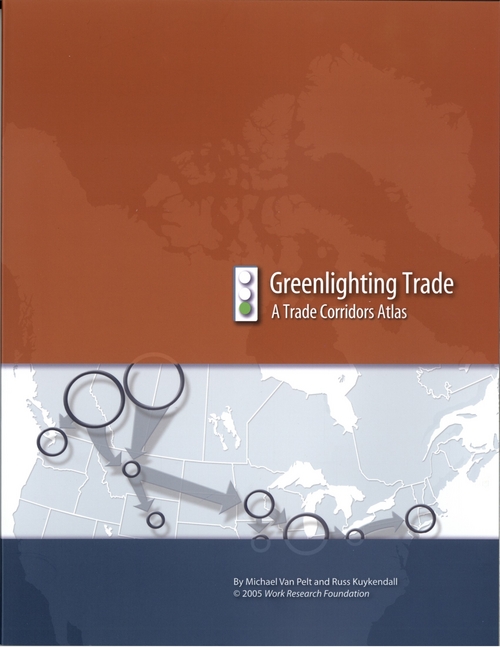
Greenlighting Trade: A Trade Corridors Atlas, written by Senior Researcher Russ Kuykendall, explains the "big idea" behind trade corridors. The study argues that the six largest sectors of Canada's export trade to the United States illustrate the usefulness of trade corridors. The Atlas proposes concrete next steps, to thinking about the movement of trade in North America. Finally it proposes a philosophical framework grounded in the idea of "sphere sovereignty" that informs our development of trade corridors and that suggests trade requires the active participation of institutions, organizations and associations. Trade and trade corridors cannot be framed by government-to-government relationships alone.
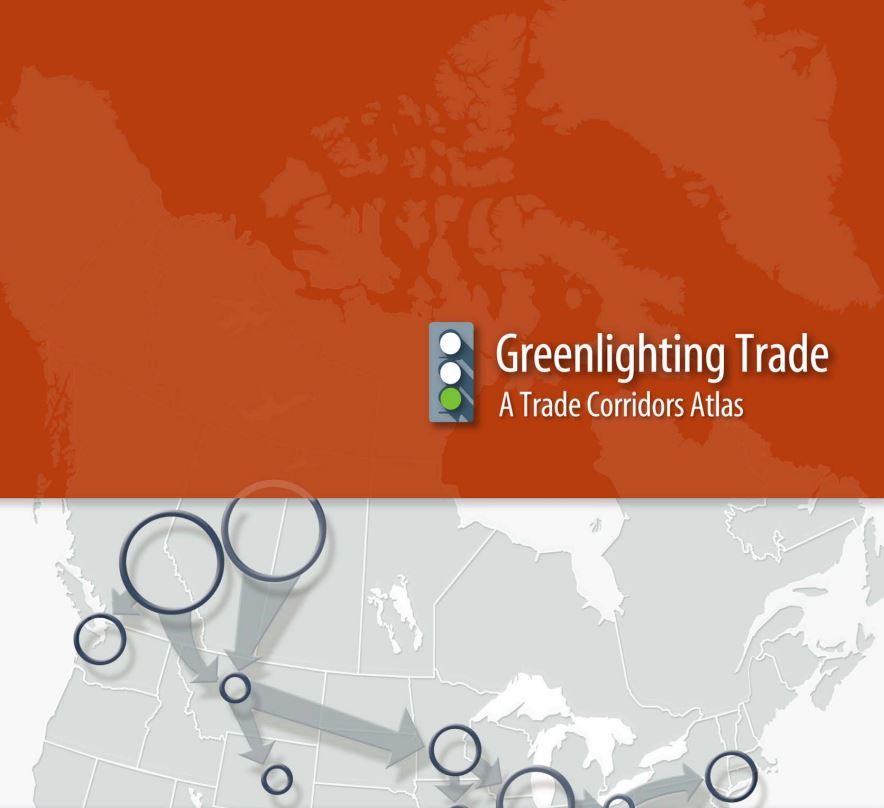
Sample chapter from Greenlighting Trade: A Trade Corridors Atlas (2005), written by Senior Researcher Russ Kuykendall.

A compilation of the findings and ideas tabled at the Stepping Forward 2005 conference. This document is invaluable for the wealth of experience it brings together and distills to address some of the most serious challenges facing the Construction Industry.
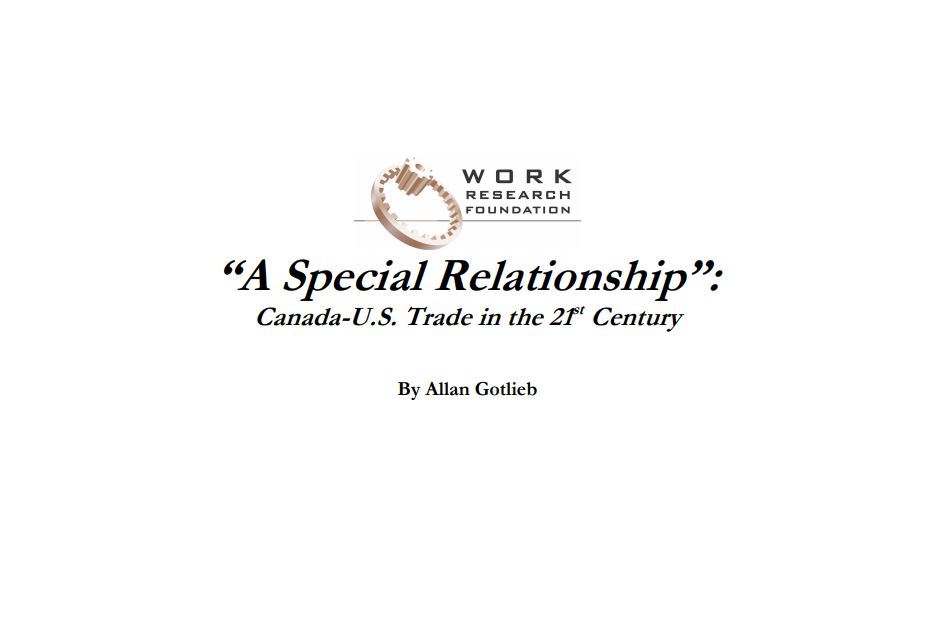
A Special Relationship: Canada-U.S. Trade in the 21st Century, by Allan Gotlieb, former Canadian Ambassador to the United States and Under-Secretary of State for External Affairs. The formation of various “trade corridor” organizations, argues Gotlieb, reflects a profound reality that underlines the history of our relationship: North American integration has resulted not from high-level public policy nor central direction from activity that is overwhelmingly bottom-up, reflecting the vast preferences and habits of our population, from one end of our country to the other. To put it in its starkest terms, it is these habits or preferences, not the policies of government, that turned the economic axis of Canada from East-West to North-South. Read Gotlieb's remarks, prepared for the Trade Corridors Roundtable, Monday April 25th 2005, Toronto.

Moving Trade (2003), an introduction to Trade Corridors by Michael Van Pelt, President of the Work Research Foundation. Never in the history of our world has there been so much debate and discussion about moving trade. Behind the technical and sophisticated discussions about security, border issues, transportation infrastructure, traffic, economic development, urban planning, customs and immigration, or international relations is one central concern—moving trade.

